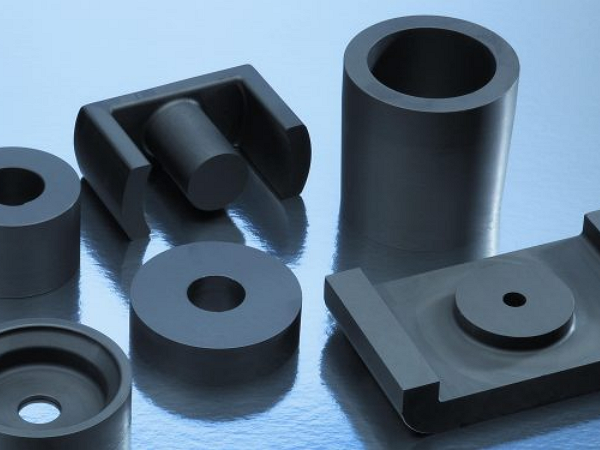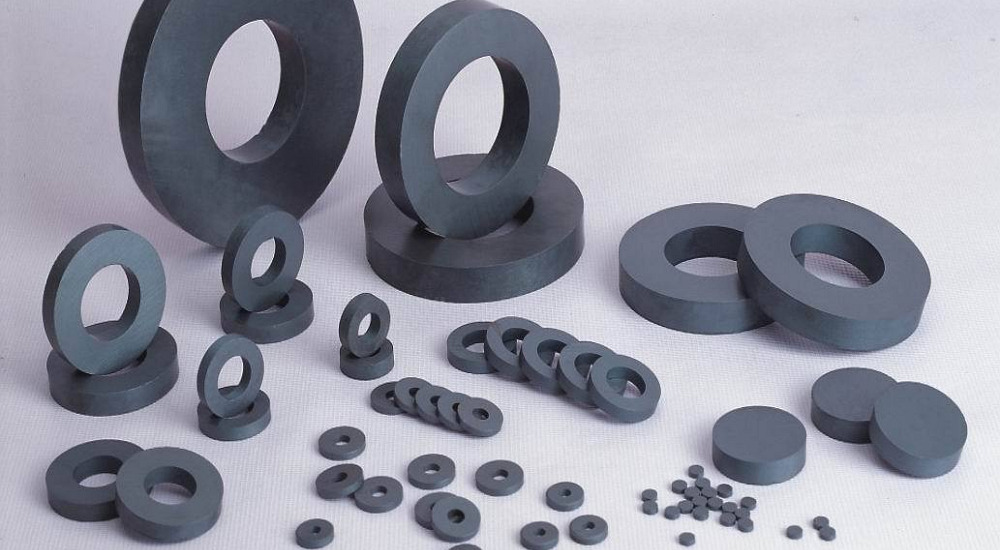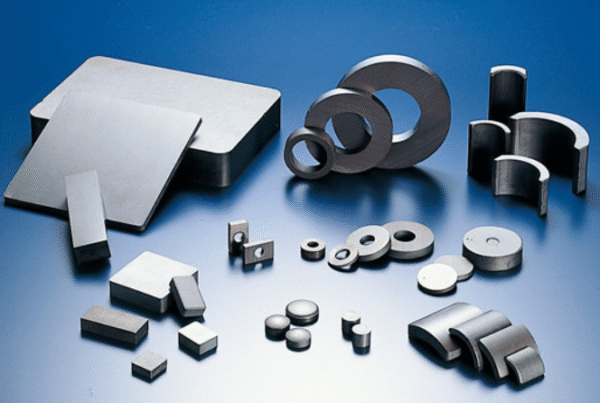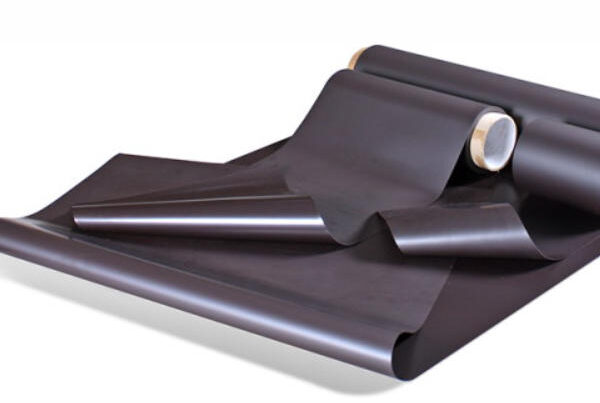Ferrites are a type of oxide widely used in magnetic materials, with certain electrical insulation and magnetic conductivity properties. It is commonly found in various electronic devices and magnetic components, such as transformer cores, magnetic rings, inductors, etc., especially in high-frequency applications. This article will briefly introduce the definition, composition and main characteristics of ferrites to help readers quickly understand this common magnetic material.
- What is ferrite?
In a broad sense, ferrites are a ceramic magnetic material containing iron elements, and their structure is roughly similar to the mineral magnetite (Fe₃O₄). They are usually synthesized from iron oxides and oxides of other metal elements in a certain proportion. In terms of microstructure, most ferrites belong to magnetic materials with spin electron order, and some types have magnetism similar to ferromagnets, but their structure and behavior are different.
Ferrites are usually classified as soft magnetic materials or hard magnetic materials in materials science, depending on the strength of their response to magnetic fields and their ability to maintain magnetism. Soft ferrites are more commonly used in electronic devices, while hard ferrites are mostly used in permanent magnet products.
- Composition of ferrites
The basic composition of ferrites usually includes oxygen, iron and one or more metal elements, such as zinc (Zn), manganese (Mn), nickel (Ni), cobalt (Co), etc. According to the structure and use, ferrites can be divided into the following categories:
1) Spinel ferrites (such as Mn-Zn, Ni-Zn ferrites): This type of ferrite is widely used in the electronics industry, especially in high-frequency transformers, filters and other components.
2) Hexagonal ferrites (such as barium ferrite BaFe₁₂O₁₉): This type of material is suitable for permanent magnets and is commonly found in speakers, motors and other equipment.
3) Garnet ferrites: They are usually used in more professional fields such as microwave technology.
The introduction of different metal elements will affect the magnetic properties, resistivity and frequency response characteristics of ferrites to a certain extent. Therefore, in practical applications, the formula of ferrite will be optimized according to specific needs.
- Basic characteristics of ferrite
Ferrite has a series of characteristics that make it used in the field of electronics. The following are some of the more notable characteristics:
1) Good magnetic properties: Ferrite can produce obvious magnetic induction phenomenon under weak magnetic fields and is suitable for use in low to medium frequency ranges.
2) Higher resistivity: Compared with metal magnetic materials, ferrite generally has higher resistivity, which means that it has lower eddy current loss when used at high frequencies.
3) Relatively low cost: The manufacturing process of ferrite is relatively mature, and the required raw materials are relatively abundant, so it is usually more advantageous in price.
4) Moderate mechanical strength and easy processing: Ferrite is usually in a ceramic state, with high hardness but large brittleness, and can generally be formed by molding and sintering processes.
It should be noted that although ferrite performs well in many scenarios, it also has certain limitations. For example, its saturation flux density is generally lower than that of metal magnetic materials, which limits its use in high power density occasions.
In general, ferrite is a type of functional material that has both magnetic and electrical insulation properties. By rationally designing its composition and structure, it can achieve more ideal performance in different applications. Although it is not a “universal material” suitable for all magnetic applications, ferrite still plays an important role in many fields of the electronics industry.






